Top 10 Most Beautiful Historical Sites in Romania
Romania is a country located in Southeast Europe. Most of Romania's territory lies on the plains created by the romantic Danube River. Romania is a country ... read more...famous for its beautiful landscapes. Let's explore with Toplist the most beautiful historical sites in Romania!
-
The first position on the list of the most beautiful historical sites in Romania is Bran Castle. Built at the orders of King Louis I of Hungary, Bran Castle was finished in only some years around 1377. It served as an essential strategic stronghold in a place that became frequently concerned in nearby and nearby conflicts. Frequently garrisoned through mercenaries, one exciting observer Târnava mentions brigades of “English ballista men” serving on the fortress.
It additionally served as an essential buying and selling and customs post, producing vast earnings for the nearby towns. Over time, the naval significance of Bran Castle dwindled and it became an essential political center and residence.
Bran Castle is extraordinarily atmospheric – and at the same time, its hyperlinks to Dracula are excellently known. The fortress is open year-round (closed Mondays), with shorter hours for the duration of the winter. Come at Halloween for the sizeable and ghoulish program of activities and tours. The perspectives from the fortress throughout the encircling panorama are glorious, especially in summer.
Location: Bran, near Brașov, TransylvaniaYear of construction: 1377
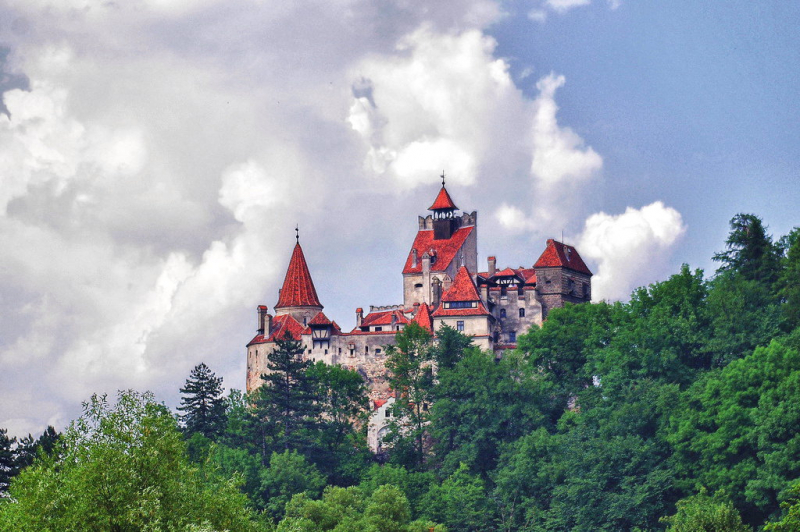
Photo: wikipedia 
Photo: Klook.com -
Peleș Castle is a Neo-Renaissance citadel withinside the Carpathian Mountains, close to Sinaia, in Prahova County, Romania, on a current medieval course linking Transylvania and Wallachia.
A neo-classical masterpiece, Peles Castle or Castelul Peles in Sinaia, Romania, became the summer season of the Romanian royal circle of relatives from 1883 to 1947. Nestled in the Carpathian Mountains, Peles Castle was constructed alongside a current medieval course that connected Transylvania and Wallachia and is these days taken into consideration as one of the most stunning castles in Europe.
With a wealth of paintings in over one hundred sixty rooms, which includes heaps of artwork and sculptures, these days Peles Castle houses the Muzeul National Peles, displaying those many portions to the public. There are publications in numerous languages for folks who need to enroll in an ancient excursion of the lavish interior.
Location: near Sinaia, in Prahova County, Romania
Year of construction: from 1883 to 1947
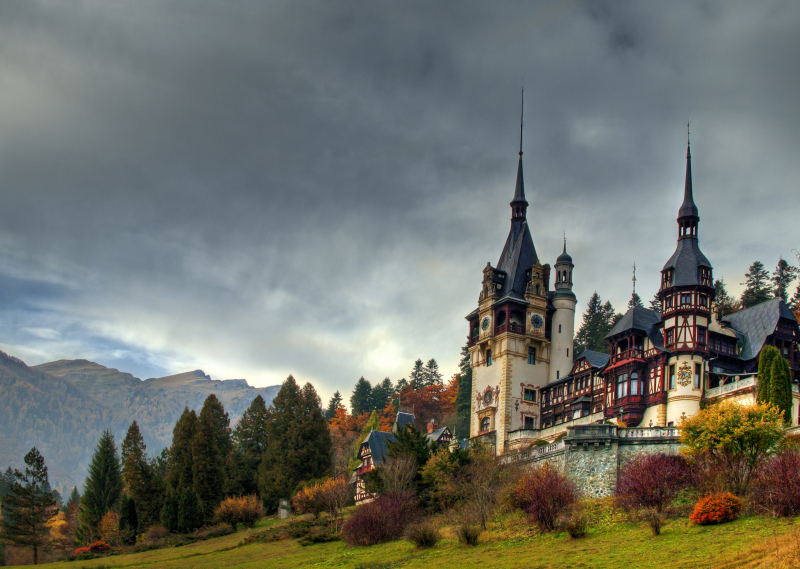
Photo: wikipedia 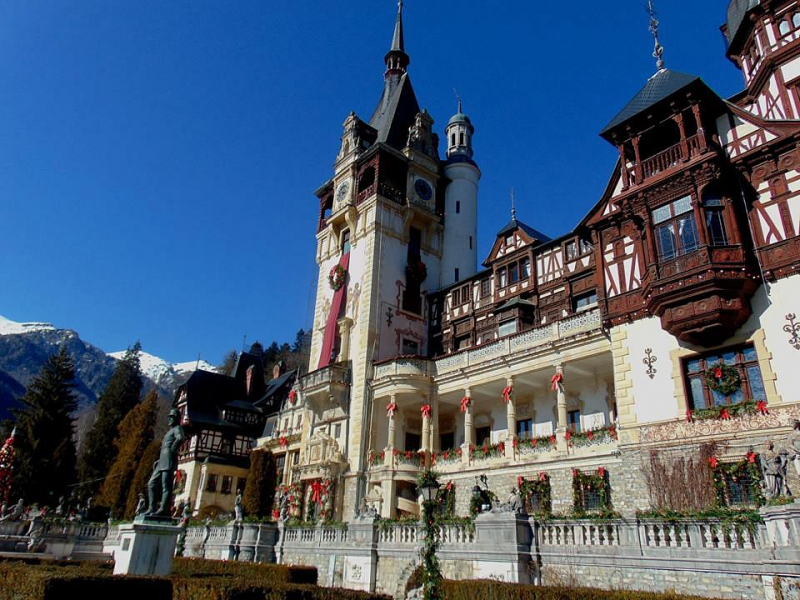
Photo: Romania-insider.com -
Histria, near the town of Constanta in Romania, is an archaeological park housing ruins that date from Romania’s history. This is one of the most beautiful historical sites in Romania.
This wealthy but turbulent history has endowed Histria with a wealth of sites and monuments along with temples to Aphrodite and Zeus in addition to Roman baths. Visitors can stroll across the sites with relative freedom, searching at its charming series of closing walls, columns, and structures.
The archaeological excavations started out at Histria best a hundred years in the past and nonetheless retain today. Visitors can discover these archaeological paintings by touring the museum of Histria which houses a show of unearths from the site starting from inscriptions, jewelry, coins, sculptures, and ceramics to equipment and weapons.
Location: Istria, Constanța, Romania
Year of construction:
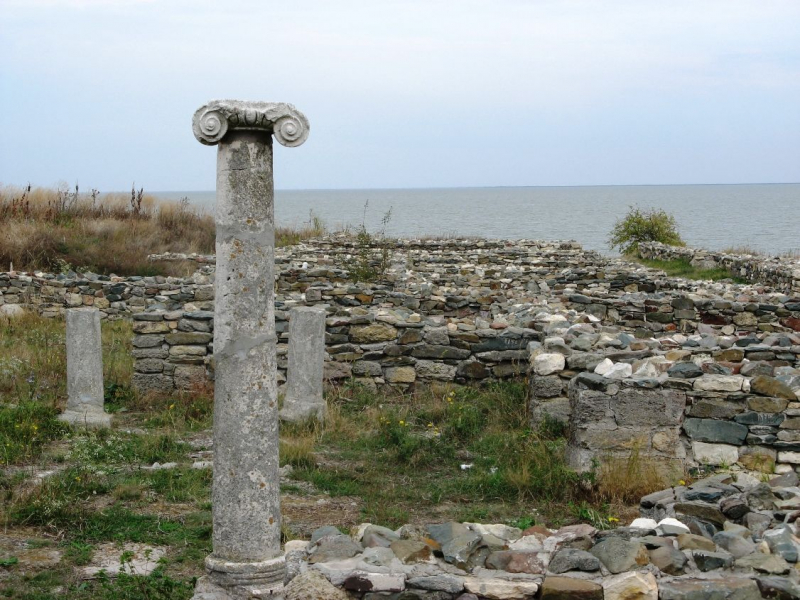
Photo: romaniajournal.com 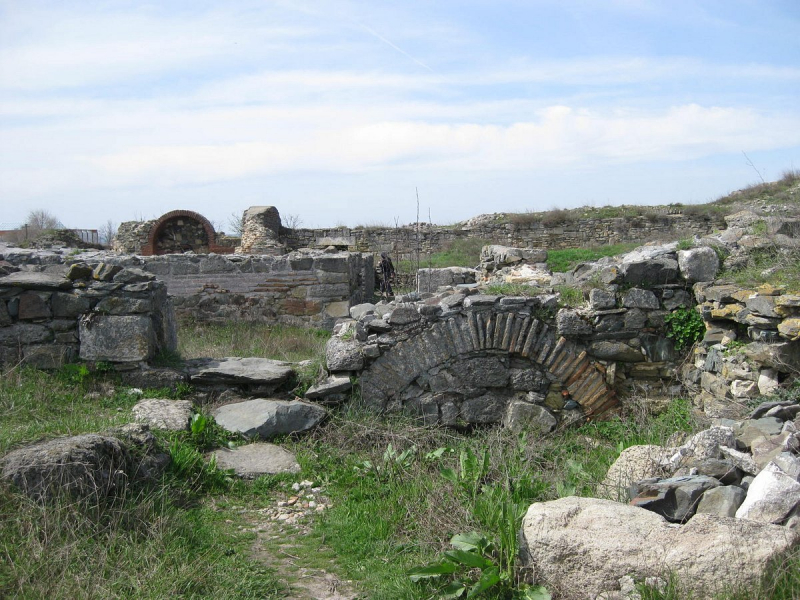
Photo: tripadvisor.co.uk -
Pelisor Castle, additionally known as Pelisor Palace or Little Peles, in Sinaia in Southern Romania turned into constructed for the Romanian Royal Family and turned into a vital royal domestic withinside the early twentieth century.
The palace was built between 1899 and 1903 by order of King Carol I, who desired a domestic for his nephew, the destined King Ferdinand. It is positioned close to the large Peles Castle. Pelisor Castle opened for visitation in 1993. In 2006 the Romanian country was determined to present again Peles and Pelisor to their rightful owners, the royal own circle of relatives of Romania, however, it was bought again to the country for a large amount of money.
Visitors to Pelisor nowadays can discover its ornate indoors which incorporates a completely unique series of early twentieth-century Viennese fixtures and Tiffany and Lalique glassware.
Location: Sinaia in Southern Romania
Year of construction: between 1899 and 1903
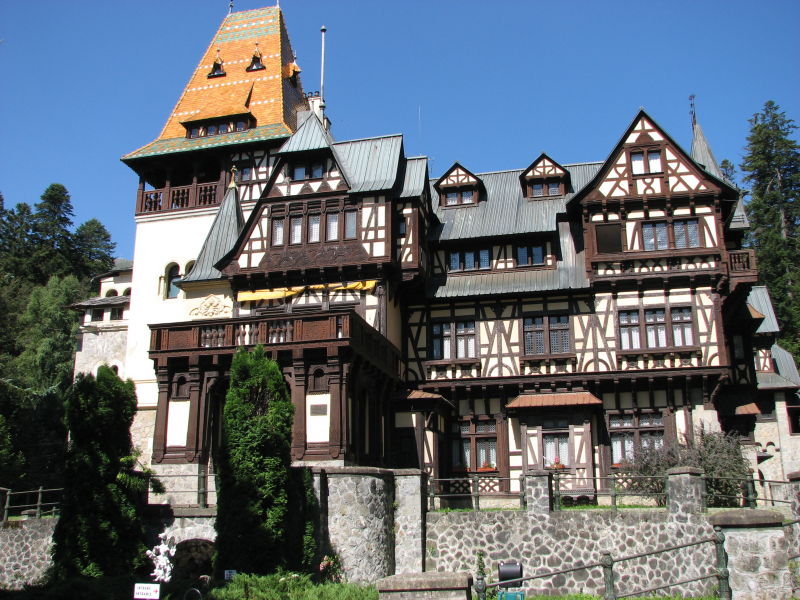
Photo: wikipedia 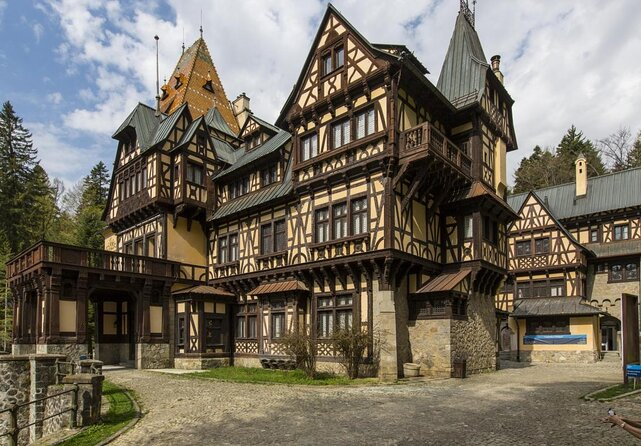
Photo: viator.com -
Hunedoara Castle additionally called Corvin Castle or ‘Corvinesti’, in Hunedoara in Romania, is one of all Europe’s biggest castles. Originally a fortress, it was used as a royal stronghold till 1440. Hunedoara Castle was later renovated and multiplied with the aid of General Iancu de Hunedoara, who grew it into an outstanding fort with a sequence of towers and turrets.
The fort is one of the Seven Wonders of Romania. Hunedoara Castle was first specified in 1446 and was constructed throughout the mid-fifteenth century with the aid of the army chief and Transylvania’s ‘voivode’ Iancu de Hunedoara, who built the tall shape over the status of a keep.
Today Hunedoara Castle is open to the public. Hunedoara Castle has some collections, ranging in subject matter from the archaeological to the medieval. It additionally gives a charming perception of medieval Romanian protective architecture.
Location: Curtea Corvineștilor nr. 1-3, Hunedoara 331141, Romania
Year of construction: 1446
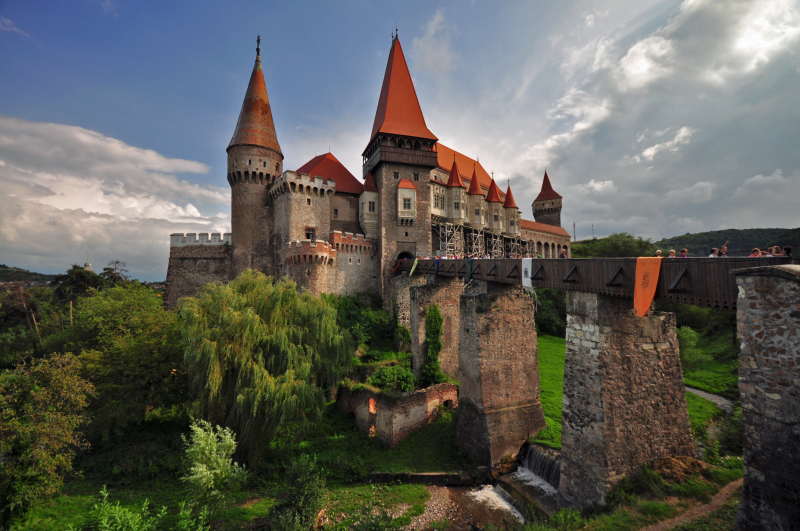
Photo: wikipedia 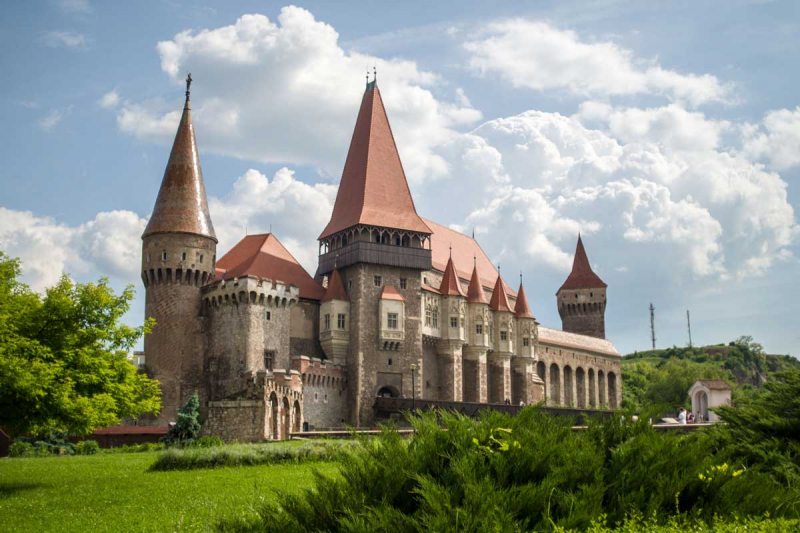
Photo: transylvaniabeyond.com -
Prejmer Fortified Church is one in a sequence of UNESCO-indexed ancient church buildings in Romania and is understood for being the most important church of its type in south Japanese Europe.
Built-in 1212, Prejmer Fortified Church turned into a creation of the Roman Catholic Teutonic knights. With its thick round partitions growing forty feet, superior weaponry, and underground passageways, the church was closely defended, demonstrating the turbulent nature of the vicinity at the time.
Today, the perfectly-preserved church placed withinside the coronary heart of Transylvania gives a completely unique glimpse into how a medieval network fortified itself towards attack. Visitors can climb the various stairs to peer at a number of the wall rooms, strolling the corridors linking them to attain the battlements outside.
Location: Strada Mare 2, Prejmer 507165, Romania
Year of construction: 1212
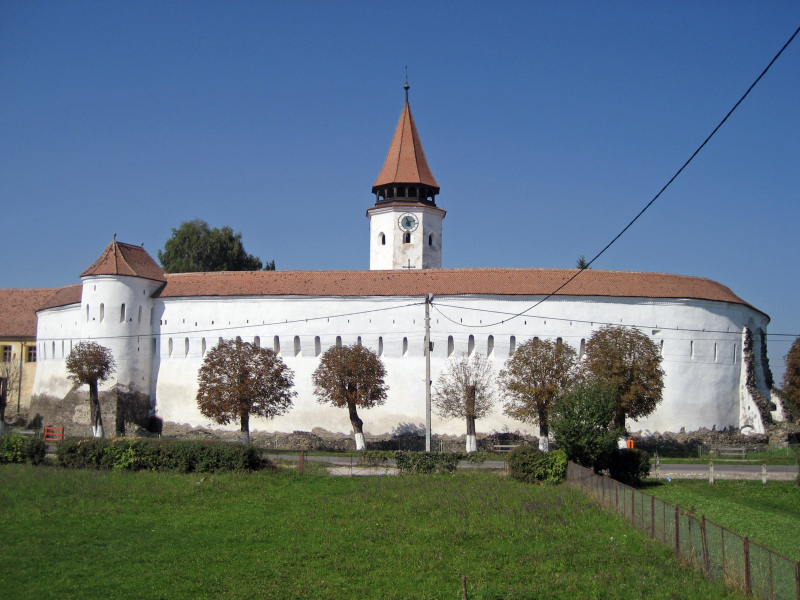
Photo: commonswikipedia.org 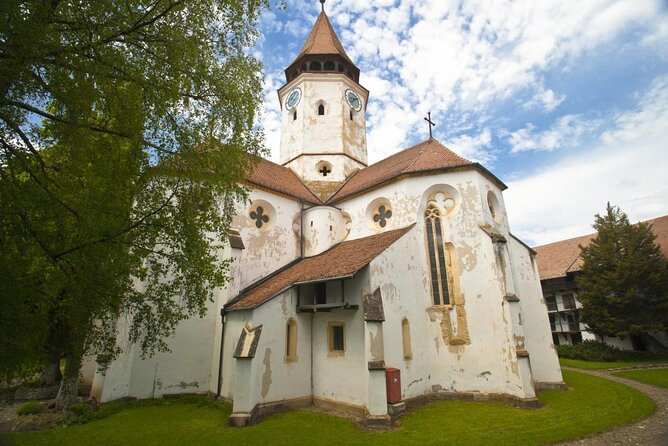
Photo: viator.com -
The next position on the list of the most beautiful historical sites in Romania is Fagaras Fortress. It (additionally called Fagaras Citadel) in Transylvania, Romania, is an outstanding stronghold constructed in 1310. It is now a museum that homes diverse artifacts.
The fort was constructed in 1310 at the site of a twelfth-century wood fort that was burnt through the Tartars in 1241. It was later enlarged during the fifteenth and seventeenth centuries to create a rectangular fortress surrounded by a thick curtain wall with 5 towers. After this, it was taken into consideration to be one of the most powerful fortifications in Transylvania.
Today, Fagaras Fortress is considered as the Fagaras County Museum, showing an array of gadgets starting from Roman artifacts to medieval weapons. Exhibitions inside the museum additionally consciousness of the encircling area’s heritage, with a set of people crafts being a specific highlight, together with a lovely series of icons painted on glass.
Location: Transylvania, Romania
Year of construction: 1310
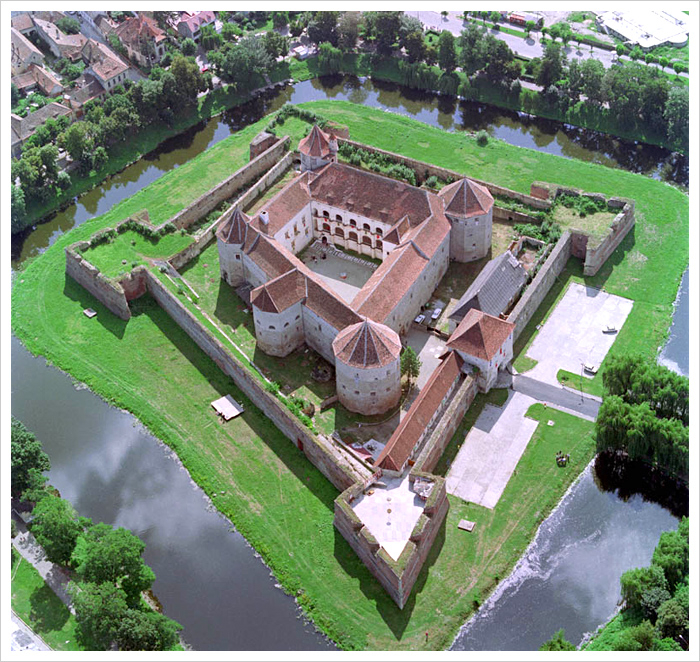
Photo: romaniatourism.com 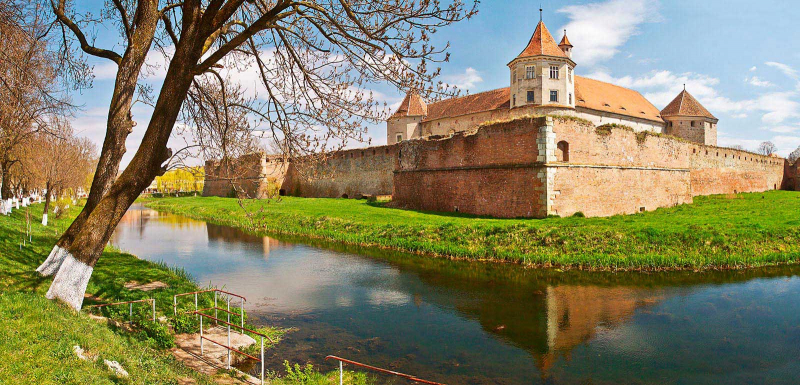
Photo: rolandia.eu -
The Bucharest Tomb of the Unknown Soldier (Mormantul Soldatului Necunoscut) is a country-wide Romanian monument constructed in 1923 to commemorate the infantrymen who died for the country throughout World War One.
In 1923, it was determined to pick one of the fallen infantrymen to symbolize all of the folks who had sacrificed their lives throughout the war. A child whose father had died at the front in 1917 was selected to choose 10 unidentified soldiers to be exhumed and laid to rest in oak coffins, doubled with zinc, to rest inside the ‘Assumption of Mary’ Church in Marasesti.
The Tomb is a famous and somber traveler attraction, with the common conversion of the protected presentations always drawing a crowd. The region is taken into consideration as a sacred one, and bicycles, curler skates, scooters, prams, and so forth are banned from the region. The tomb borders the picturesque Carol Park which functions as a French Garden, historic monuments, and a lake.
Location: Strada General Candiano Popescu 105, București, Romania
Year of construction: 1923
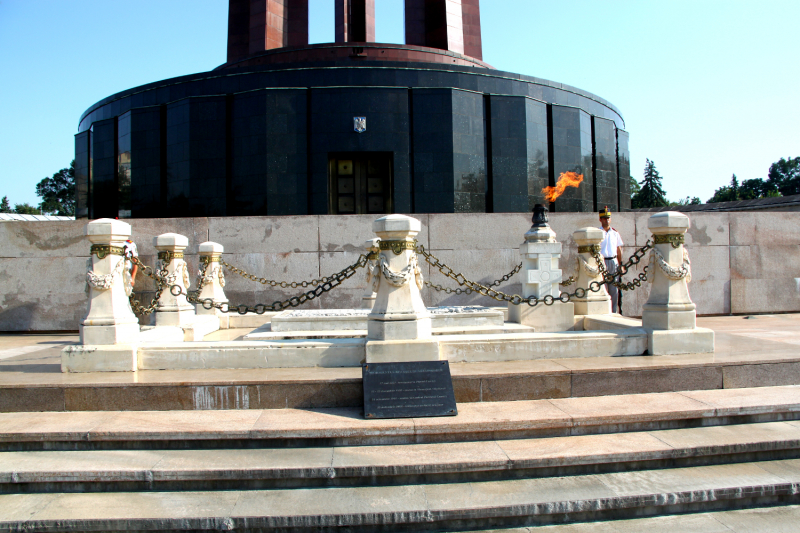
Photo: travelprwave.co 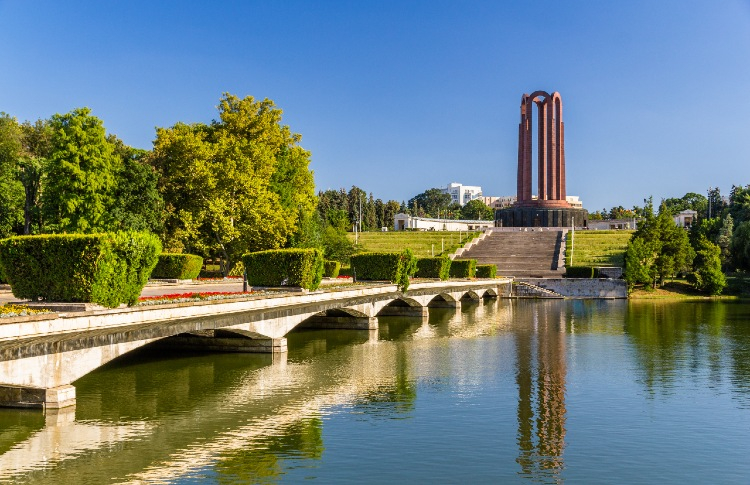
Photo: Historyhit.com -
The Alba Iulia Fortress is a large 18th-century fortification that bureaucracy the coronary heart of the Romanian metropolis of Alba Iulia. Alba Iulia itself is one of the oldest towns in Romania, with a history stretching some distance back into antiquity. During Roman instances, it changed into a crucial nearby center referred to as Apulum.
Built from around 1716 to 1735, the Alba Iulia Fortress was a part of a fortification machine created with the aid of Prince Eugene of Savoy designed to make sure the defenses of the newly conquered provinces of the Hapsburg Empire. It was accordingly considered a navy center during the 18th and nineteenth centuries.
Today, The Alba Iulia Fortress is one of the important points of interest withinside the area. One of the principal points of interest of the site is the Guard Change of the Citadel, which takes place at noon each day throughout the visitor season, and every so often two times an afternoon at weekends. The guards are wearing uniforms precise to the 18th century.
Every year, on December 1st, the Romanian humans rejoice in their National Day on the Alba Iulia Fortress. The castle may be very available from Cluj-Napoca, and you may discover it via distinct excursions and day trips.
Location: Calea Moților, Numărul 5A, Alba Iulia, Romania
Year of construction: 1715
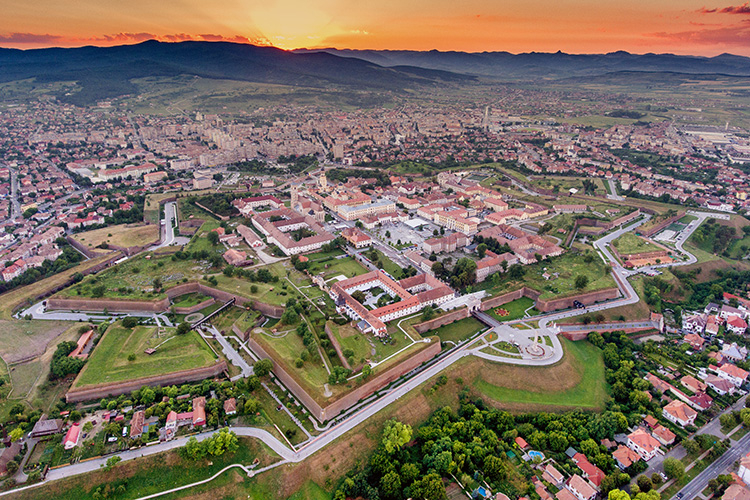
Photo: historyhit.com 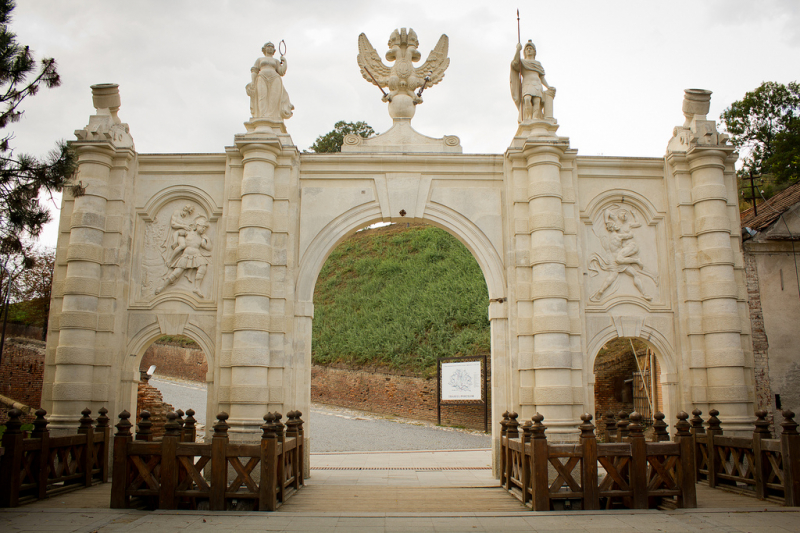
Photo: commons.wikipedia.org -
The Endless Column Complex is a set of 3 sculptures commemorating Romania’s struggle and heroes from World War One. It is created from the placing 30-meter-excessive Endless Column, the Table of Silence, and the Gate of the Kiss. Endless Column Complex is one of the beautiful classical sites in Romania.
In the paintings of Constantin Brâncuși, the ensemble is taken into consideration to be a masterpiece of artwork and engineering and is hailed as one of the outstanding works of twentieth-century sculpture.
Marking the region alongside the River Jiu where soldiers lost their lives, the collection’s shape indicates the adventure from this existence to the next. Visitors can behold the structures from the parks and stroll among them. The scene is specially placed around sunset whilst the sculpture is lit. The column has come to be a sort of cultural motif. A picture of the artist and sculpture was featured on a banknote in January 1991 and once more in 1992.
Location: in the Column Park at the eastern end of Calea Eroilor
Year of construction: 1935
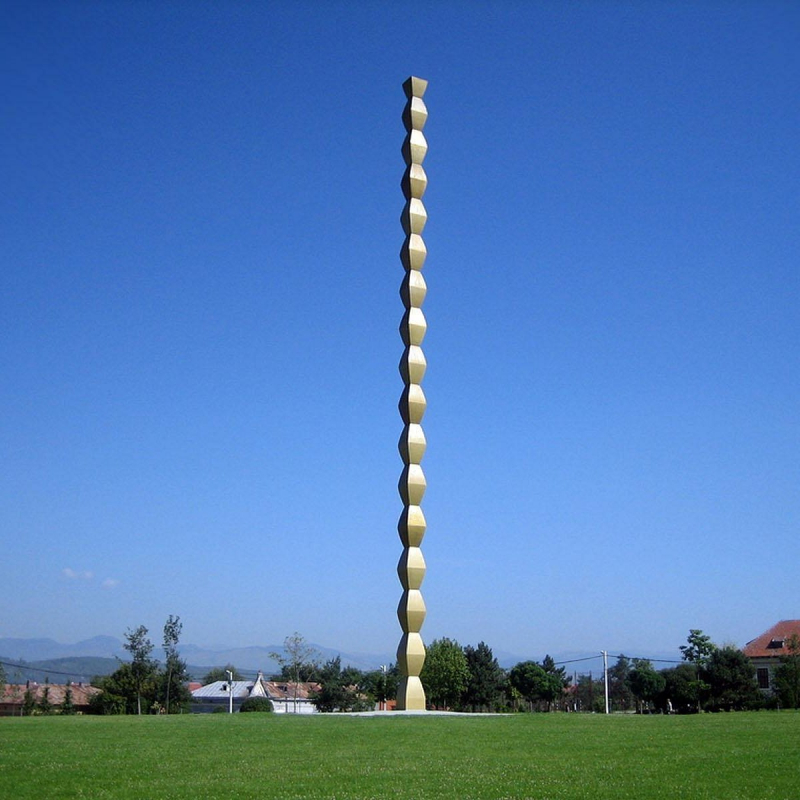
Photo: Tripadvisor.com 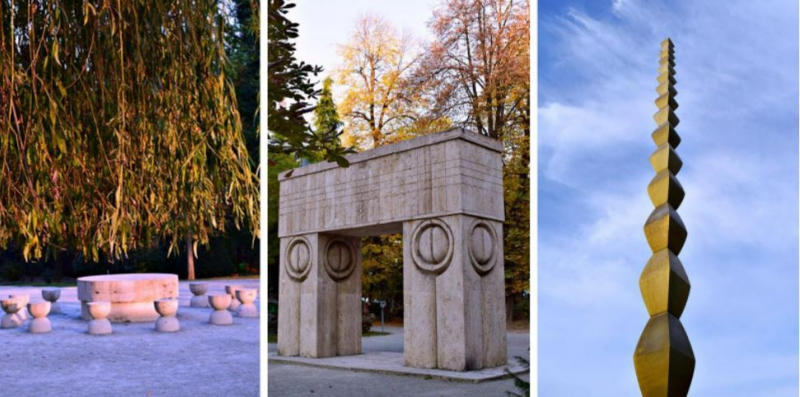
Photo: calatoriilasingular.ro































